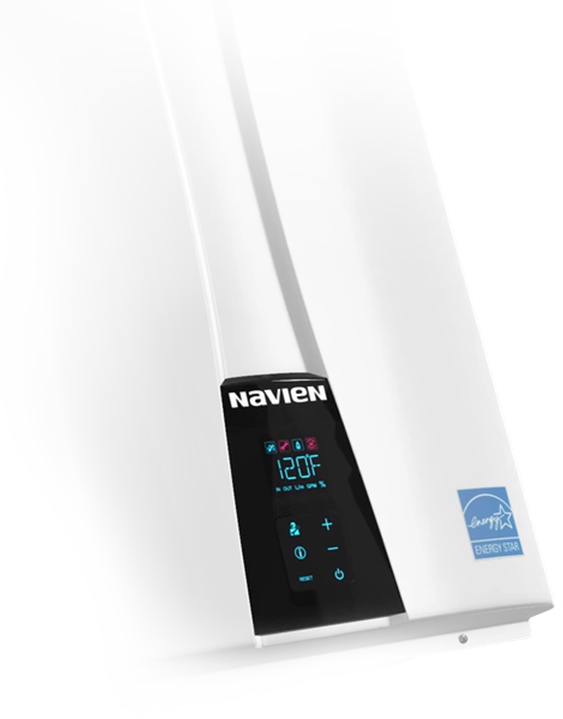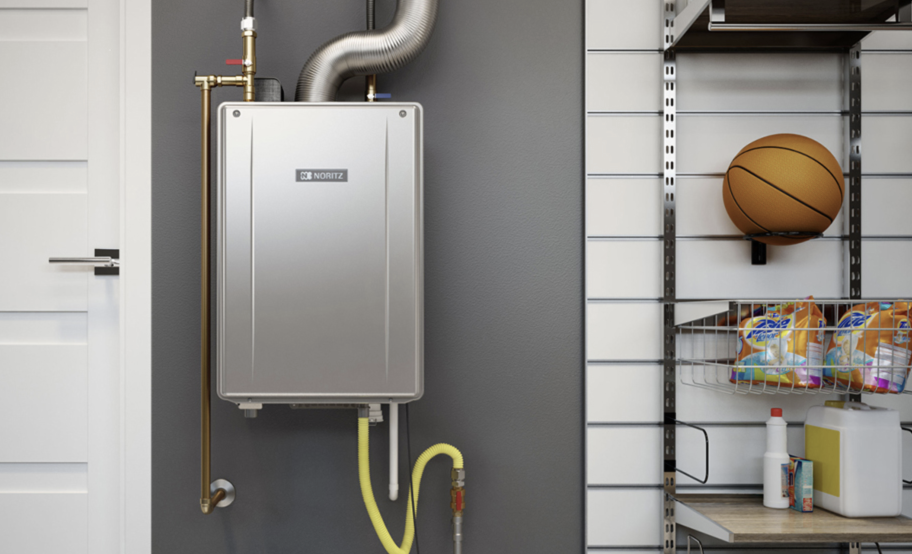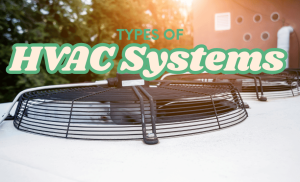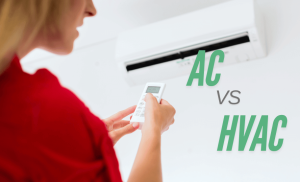In the year 2021 it’s almost insane to see technology from the 1900’s still working in our homes. But when it comes to water heating, over 80% of the units in our homes are outdated compared to the new technology on the market today. Whether you own an older home and are looking for a new water heating solution or you’re developing your dream home, going tankless is almost always the better option. Here you will learn how a tankless water heater actually works, why tankless water heating is more efficient, and both the pros and cons of going tankless.
Let’s first think about how we typically store hot water in our homes or business. We use large 40-60 gallon tanks in our basements preheating water having it ready to use when we turn on a tap. Sounds good right? Well this is a huge waist of energy. No matter what you do during the day, that water tank is going to maintain the temperature of the water inside using energy. Every time the tank is used, cold water is dumped back into the tank causing the heating cycle to engage again. If the tank is drained and energy is used to reheat the entire tank, no hot water will be available to use during this time.
Before we weigh the pros and cons for choosing a tankless water heater, lets quickly review how it works.

How does a tankless water heater work?
Simply put, when you turn your tap to hot expecting hot water, the tankless water heater runs cold water through 2 heating cycles on the spot in a small confined area. A control board maintains your desired temperature and viola! Out comes hot water.
- You open the tap asking for hot water
- The flow sensor activates deciding how to heat the water
- The igniter engages
- The gas valve engages providing the right amount of fuel to the burner
- The fan and venturi activate to provide the correct amount of gas and fuel
- The burner ignites the fuel generating heat
- The secondary heat exchanger pre-warms the cold inlet water before sending it to the primary heat exchanger
- The control board adjusts the burner heat and sends out hot water at the desired temperature.
The pros of going tankless
Pros
- On-Demand, no wasted energy storing water
- Much higher efficiency
- 80% Smaller size and wall mounted
- Easy maintenance
- Endless hot water
- Very quiet
- Easily converted to propane
Cons
- Higher upfront investment cost
- Homes or business with very high hot water demand may require a buffer tank or more than one unit installed in cascade.
Where is the best place to install a tankless water heater?
This is a tricky question as there are actually many options to where you can run this type of installation. One thing you should note is that in Canada the option of installing outdoors or in the garage becomes obsolete because of our winter weather conditions.
Some key factors you should think about are:
- How central is the installation location?
- Is it in a warm spot?
- Is the location well vented?
Having a central installation location helps get hot water fast to almost every part of your home. Where as If your tankless heater is way on the other side of the basement and your upstairs bathroom is on the opposite end of the house you will experience a bit of a delay when turning the tap to hot as appose to













